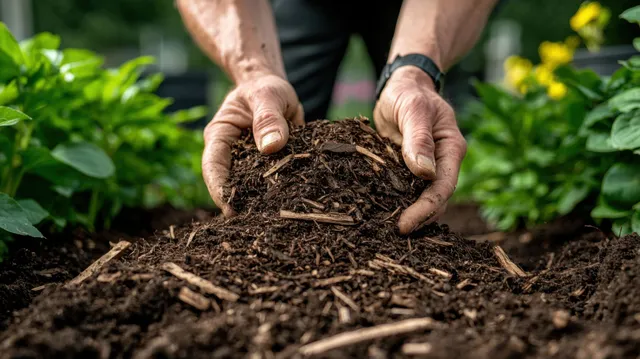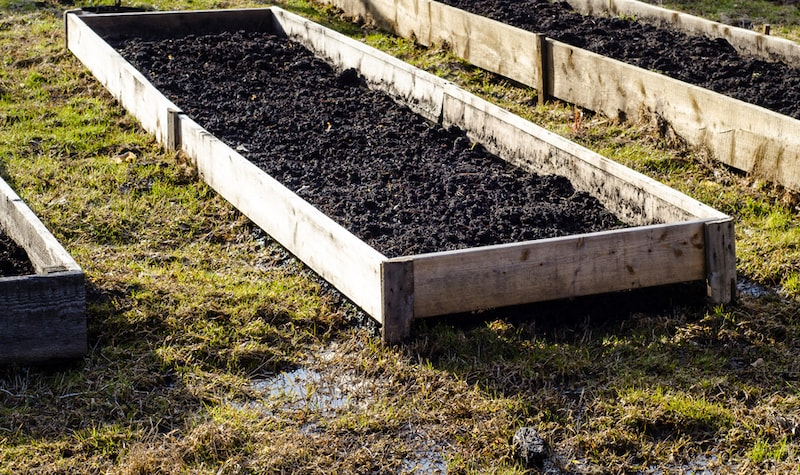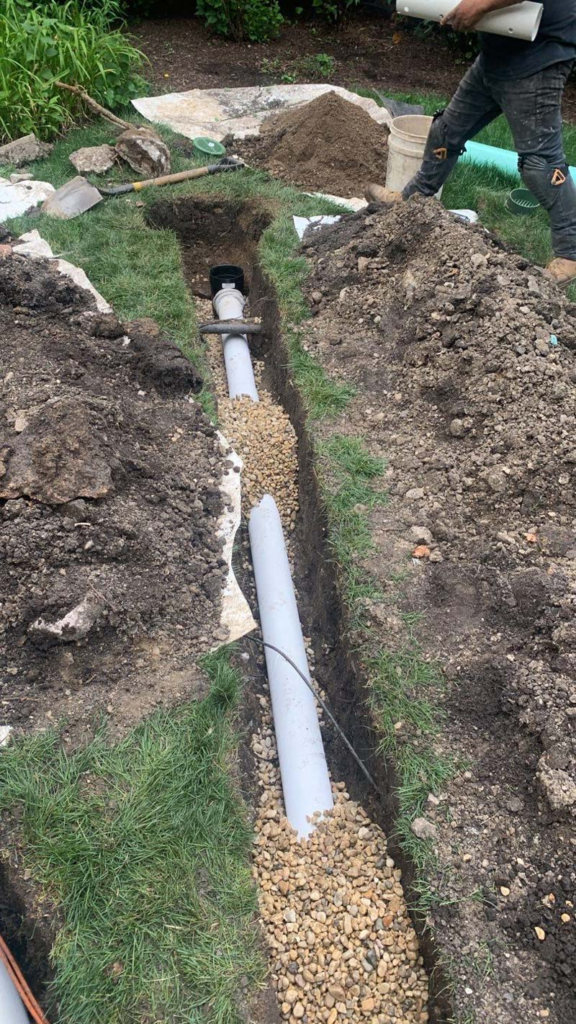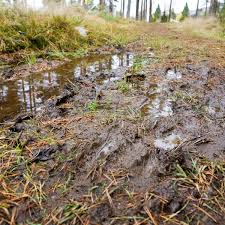11 December 2020, by Benedict Vanheems
Waterlogging, where soil becomes excessively saturated with water, is a common gardening problem, especially during the winter months. After several days of torrential rain, my garden often transforms into a waterlogged swamp, making gardening seem nearly impossible. This issue is exacerbated by the fact that our garden sits on land once used for growing watercress, which naturally retains water. With climate change intensifying such extreme weather patterns, it’s important to understand how to manage waterlogged soil. Below are some effective solutions to help gardeners combat waterlogging.
1. Improve Soil Structure
A healthy garden starts with healthy soil. One of the best ways to prevent waterlogging is by improving the soil’s structure. Adding organic matter, such as well-rotted manure, compost, or leafmold, can significantly enhance the soil’s ability to drain. Organic materials open up compacted clay soils, allowing water to flow through more easily, and help sandy soils retain moisture without becoming soggy.

By consistently adding organic matter, you improve your soil’s nutrient content and moisture management, making it more resilient to both excessive rainfall and dry spells.
2. Raise the Soil Level
If your garden has low-lying areas prone to water accumulation, raising the soil level can help prevent water from settling. This can be done by creating raised beds or piling up soil in a ridge and furrow arrangement, which lifts the root zone above the waterlogged ground. Raised areas are the first to dry out once the weather improves, and they warm up faster in spring, giving plants a better chance to thrive.

Building a raised bed is simple: use cut-to-size wood to form the sides, and fill the bed with a mix of compost and soil. If you’re starting on a weedy area, place a layer of cardboard underneath to suppress weeds.
3. Use Berms to Manage Water Flow
In areas where flooding is a recurring problem, berms—raised mounds of soil—can help divert or contain excess water. Similar to the rings of soil placed around tomato plants to hold moisture, berms can be scaled up to redirect water away from vulnerable areas.
However, it’s essential to consider where the water will go once it’s diverted. Redirecting water to an area where it can safely disperse is key. You might even create a bog garden or a rain garden planted with moisture-loving plants that thrive in wet conditions.
4. Install French Drains for Persistent Waterlogging
In extreme cases, installing French drains may be necessary to manage persistent waterlogging. A French drain is a simple trench system that helps water flow away from waterlogged areas. The trench is dug with a slight slope, lined with a permeable membrane (like weed fabric), and filled with gravel or rubble. A perforated pipe can be placed in the center, surrounded by stones to allow water to pass through.

The drain should lead to a soakaway—a reservoir where the water can collect and slowly seep into the ground. This helps ensure that excess water doesn’t flood neighboring areas or create additional drainage problems.
Conclusion
With a little planning and strategic thinking, it’s possible to prevent waterlogged soil from harming your garden. Improving soil structure, raising planting areas, managing water with berms, and installing French drains are all effective methods for controlling excessive moisture. By working with the natural landscape, you can ensure that your plants thrive, even in the face of heavy rainfall.
